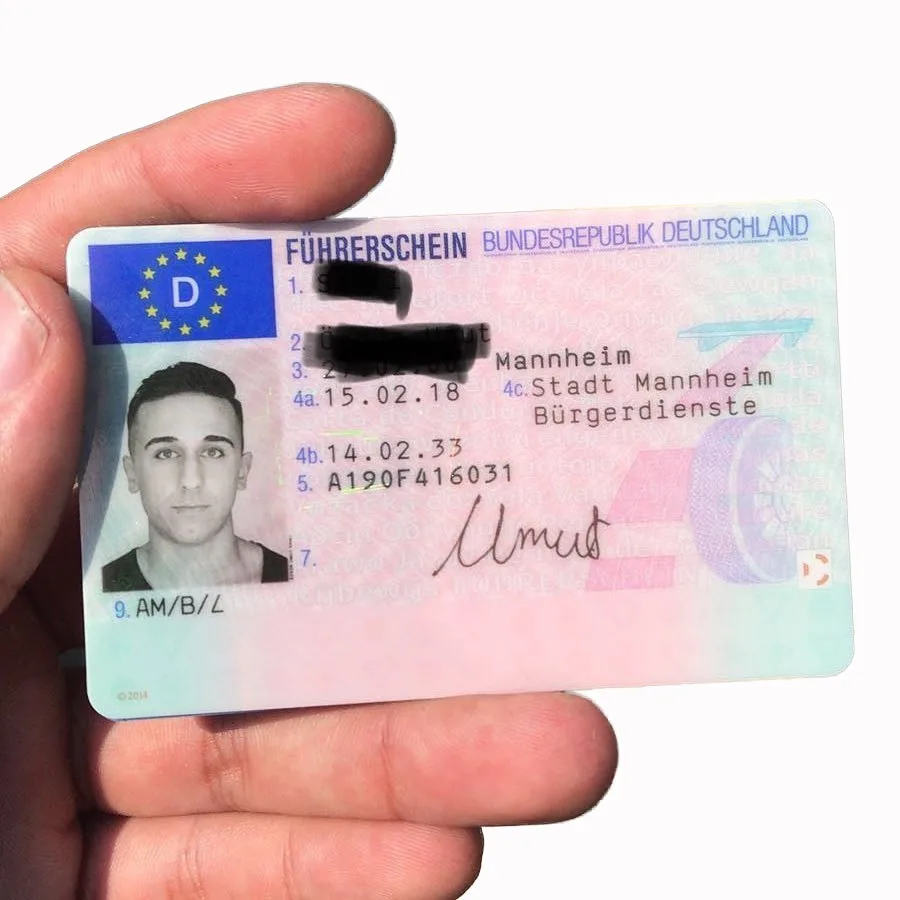A Complete Guide to Obtaining a Driving License Legally
Driving is an essential skill that opens up a world of chances and self-reliance. Whether for commuting to work, running errands, or starting road journeys, having a valid driving license is important. However, the procedure of acquiring one can be complicated, particularly for first-time chauffeurs. In this guide, we will walk you through the required steps to legally acquire a driving license, ensuring you abide by the guidelines and guidelines of your regional jurisdiction.
1. Comprehend the Licensing Requirements
Before you start the process, it is vital to familiarize yourself with the licensing requirements in your state or nation, as these can vary substantially. Generally, the fundamental requirements consist of:
Age: Most locations require you to be at least 16 or 18 years of ages to request a student's license or a complete driving license.
Identification: You will need to provide legitimate identification, such as a birth certificate or passport.
Residency: Proof of residency in the state or nation where you are applying is frequently required.
Health and Vision Tests: Some jurisdictions require a health or vision test to ensure you are in shape to drive.
2. Get a Learner's Permit
For newbie drivers, the primary step in the licensing procedure is typically obtaining a student's permit. This permits you to practice driving under particular limitations, normally with a licensed grownup in the car. Here's how to get one:
Complete an Application: Fill out the necessary kinds either online or at a regional Department of Motor Vehicles (DMV) or equivalent authority.
Pass the Knowledge Test: Most jurisdictions need you to take a written exam on traffic laws, roadway indications, and safe driving practices.
Pay the Fee: A fee is usually required for processing your application and releasing the learner's authorization.
Receive Your Permit: Once you've satisfied all requirements, you'll receive your student's authorization, enabling you to begin practicing.
3. Practice Driving
With your student's license in hand, it's time to practice driving. Here are some ideas for taking advantage of this time:
Supervised Driving: Always drive with a certified grownup who holds a legitimate driving license. Their guidance will be indispensable.
Log Your Hours: Many jurisdictions need a minimum variety of driving hours with a student's authorization. Keeping a log can help you track your development.
Learn Defensive Driving: Focus on establishing protective driving abilities, acknowledging road threats, and ensuring driving decisions.
4. Complete Driver Education (if required).
Some states or countries need brand-new motorists, especially those under 18, to finish a driver education course. This may involve:.
Classroom Instruction: Learning about roadway rules, traffic signs, driving security, and vehicle operations.
Behind-the-Wheel Training: Gaining experience driving with an instructor who can supply feedback on your abilities.
5. Take the Road Test.
After you've practiced adequately and completed any required driver education:.
Arrange a Road Test: Contact your regional DMV or licensing authority to set up the driving test.
Prepare Your Vehicle: You'll require to supply a safe, operating vehicle for the test. Guarantee it satisfies all security requirements.
Arrive on Time: Get to the testing site early, with your student's license and any needed files.
Pass the Road Test: During the test, an inspector will assess your driving abilities. Focus on following traffic laws, utilizing turn signals, and carrying out maneuvers securely.
6. Obtain Your Full Driving License.
As soon as you pass the roadway test, you're a step better to having your complete driving license:.

Pay the License Fee: A cost is usually required to provide your complete license.
Send Documentation: Provide any necessary documents, like evidence of residency and identification.
Receive Your License: After processing, you'll either receive your license right away or it will be sent by mail to you.
7. Stay Informed and Safe.
Acquiring your driving license is just the start. Here are some last tips for accountable driving:.
Know the Rules: Stay updated on local traffic laws and guidelines.
Practice Defensive Driving: Always remain alert and ready for unforeseen circumstances on the roadway.
Avoid Distractions: Keep your focus on driving, guiding clear of interruptions such as cellphones or loud music.
Restore When Necessary: Be mindful of your license's expiration date and renew it in a prompt way.
Conclusion.
Getting a driving license legally needs comprehending the procedure, fulfilling essential requirements, and practicing safe driving habits. By following these actions, you can browse the path to becoming a licensed driver with confidence and obligation. Remember, driving is b197 führerschein seriös 's a responsibility that needs ongoing commitment to safety and awareness on the road. Drive securely!
